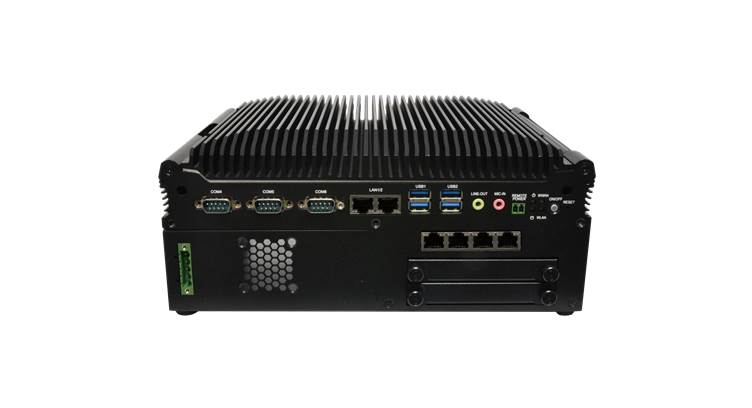Lanner Electronics on Tuesday announced that its hyper-converged infrastructure appliance, the FX-3420, and Edge AI Appliance, LEC-2290, have been officially validated as NGC-Ready Server for Edge computing platforms.
In a configuration with NVIDIA T4 GPUs, Lanner network appliances have been tested for functionality, performance, and ease of deployment to AI frameworks and virtualized, disaggregated 5G ready network architecture.
The NGC-Ready validation process included extensive testing on the FX-3420 and LEC-2290 for a wide range of applications for on-premise, cloud and edge deployments. Lanner’s validated network appliances can help customers leverage the extensive range of NVIDIA GPU-accelerated software available for real-time intelligent decision making. Customers can easily migrate workflow compute environments including both hybrid and multi-cloud implementations, run GPU-optimized software on bare metal servers or on virtualized environments, and maximize utilization of GPUs and network interoperability.
Jeans Tseng, CTO of Lanner
NGC-Ready validation of Lanner network appliances helps our customers across industries accelerate their hyper-converged AI-enabled application deployments at the edge. In the case of telecom for instance, customers can bring Edge AI to advance an array of applications – from 5G Open RAN to edge data centers, private networks, and MEC.






















